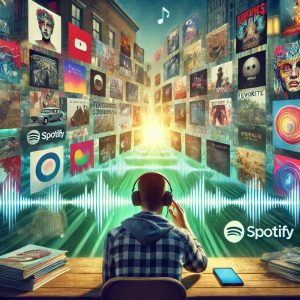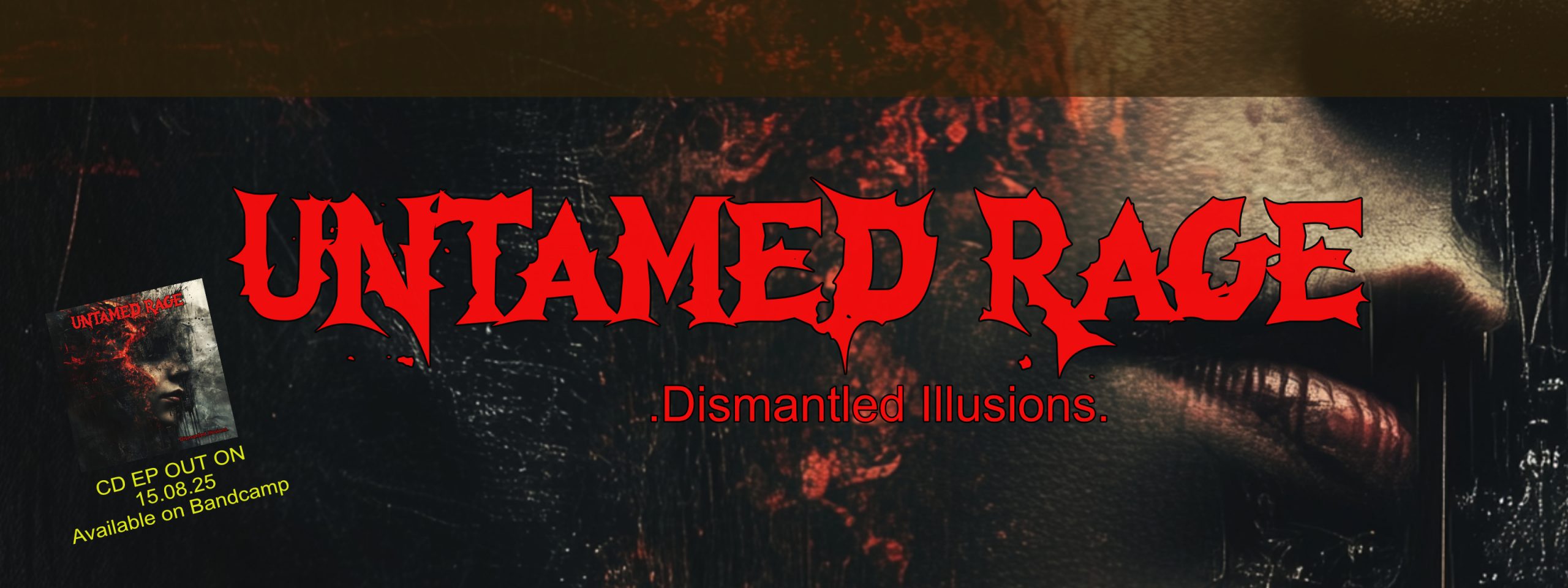
With the discovery of Spotify, the chaos of endless music continued. At first, I found myself overwhelmed by the sheer volume of songs at my fingertips. I would jump from one artist to another, barely taking the time to appreciate a single album or even an individual song. It felt like the value of music itself was slipping away from me. I was no longer spending hours with an album, letting it unfold and resonate.
But then, something changed.
I began to realize the potential Spotify offered beyond just a never-ending stream of songs. Slowly, I started to curate playlists of my favorite albums and tracks, organizing music in a way that allowed me to reconnect with it. The ability to carry high-quality music with me at all times, easily accessible from my phone, helped me re-discover the depth and nuance that I had once cherished.
Music started to integrate itself more deeply into my life again—not just as background noise, but as a vital part of my day. I’d listen to certain playlists depending on my mood, environment, or even the time of day. I discovered that music could hit differently depending on where I was or how I felt in the moment. Whether I was walking through a crowded city street or sitting alone in my room, the songs took on new meanings, reflecting the spontaneity of life itself.
In that way, Spotify became more than just a platform—it became a tool for deeper exploration. The accessibility that once threatened to dilute my love for music began to work in my favor, bringing the art back into sharper focus.
